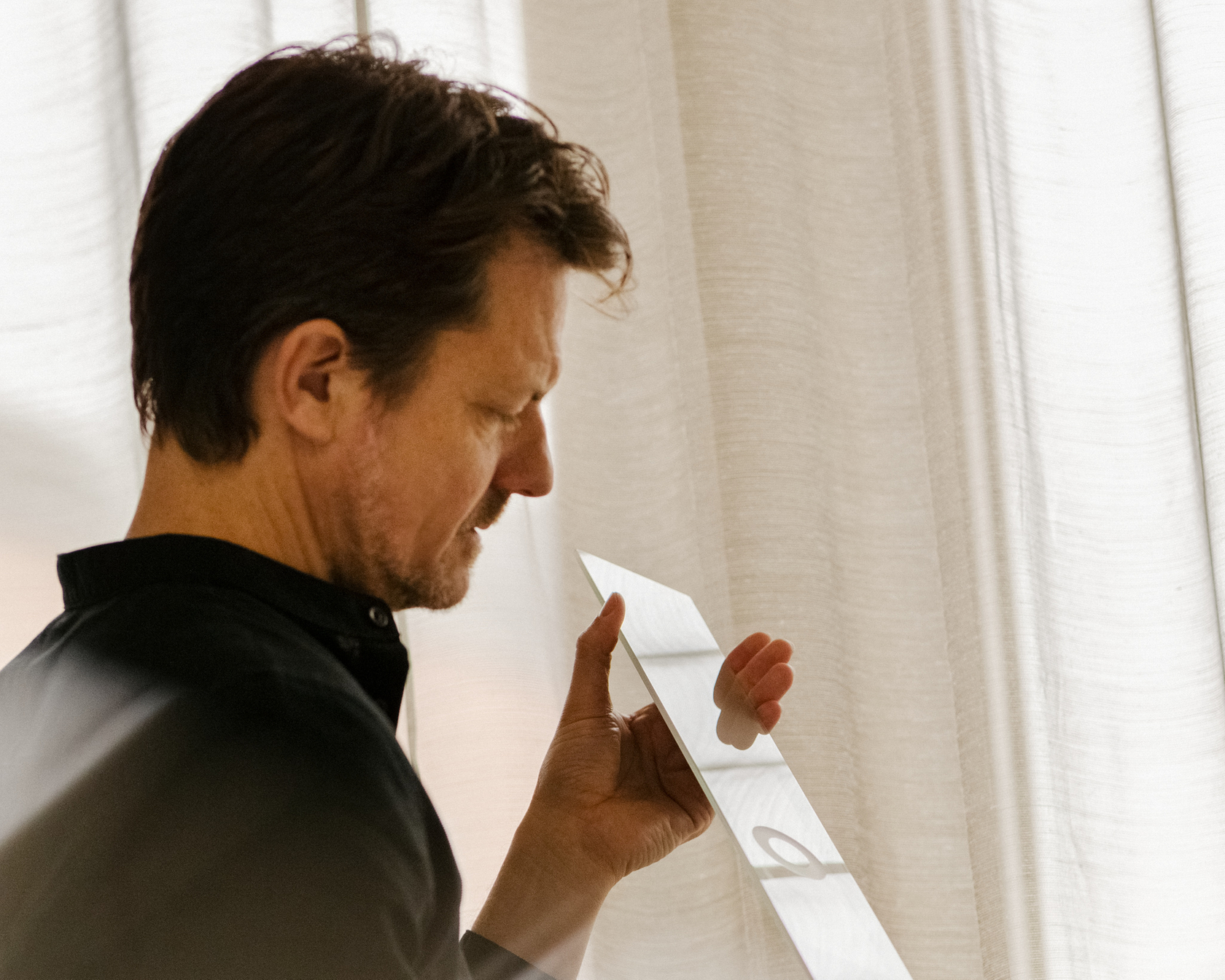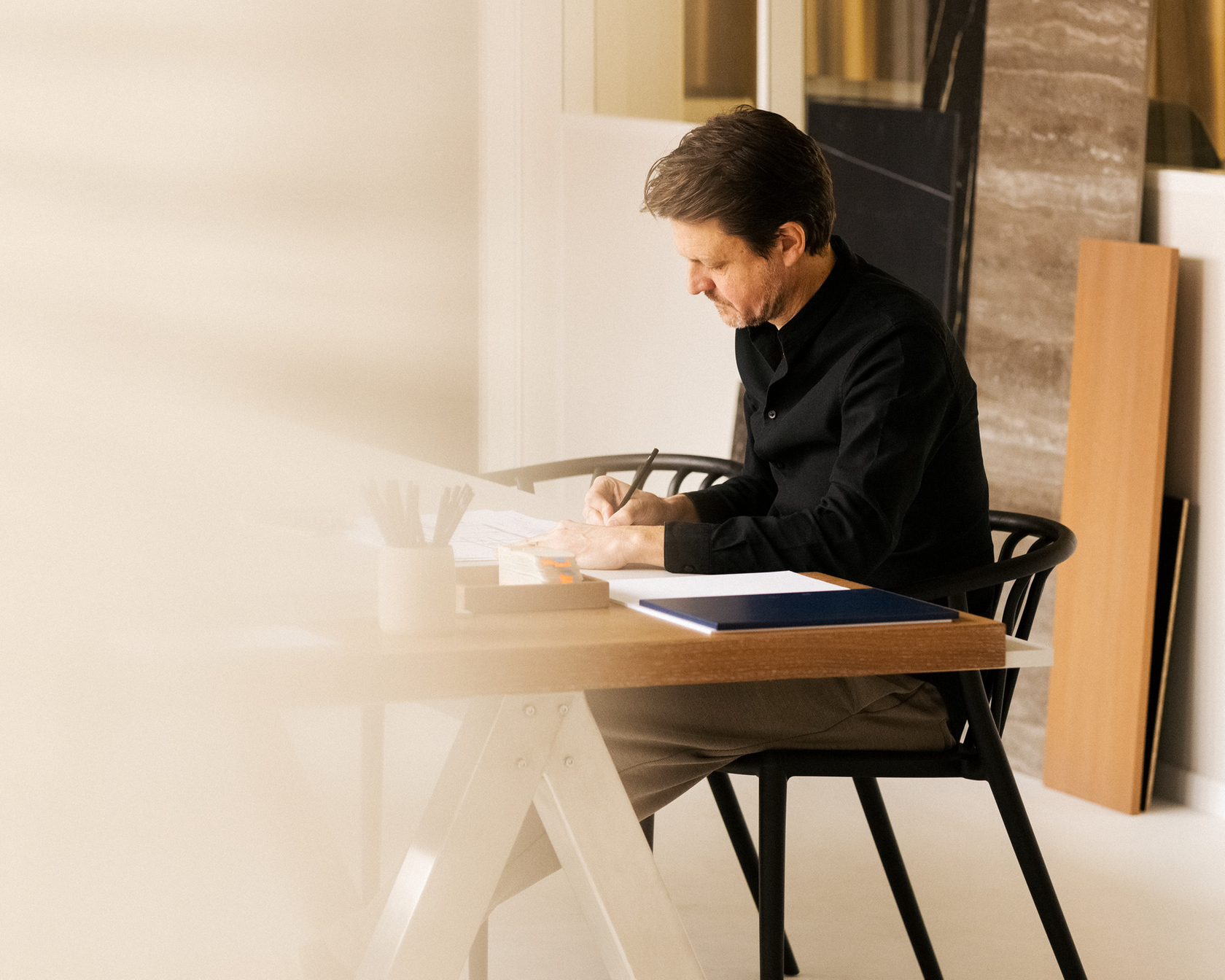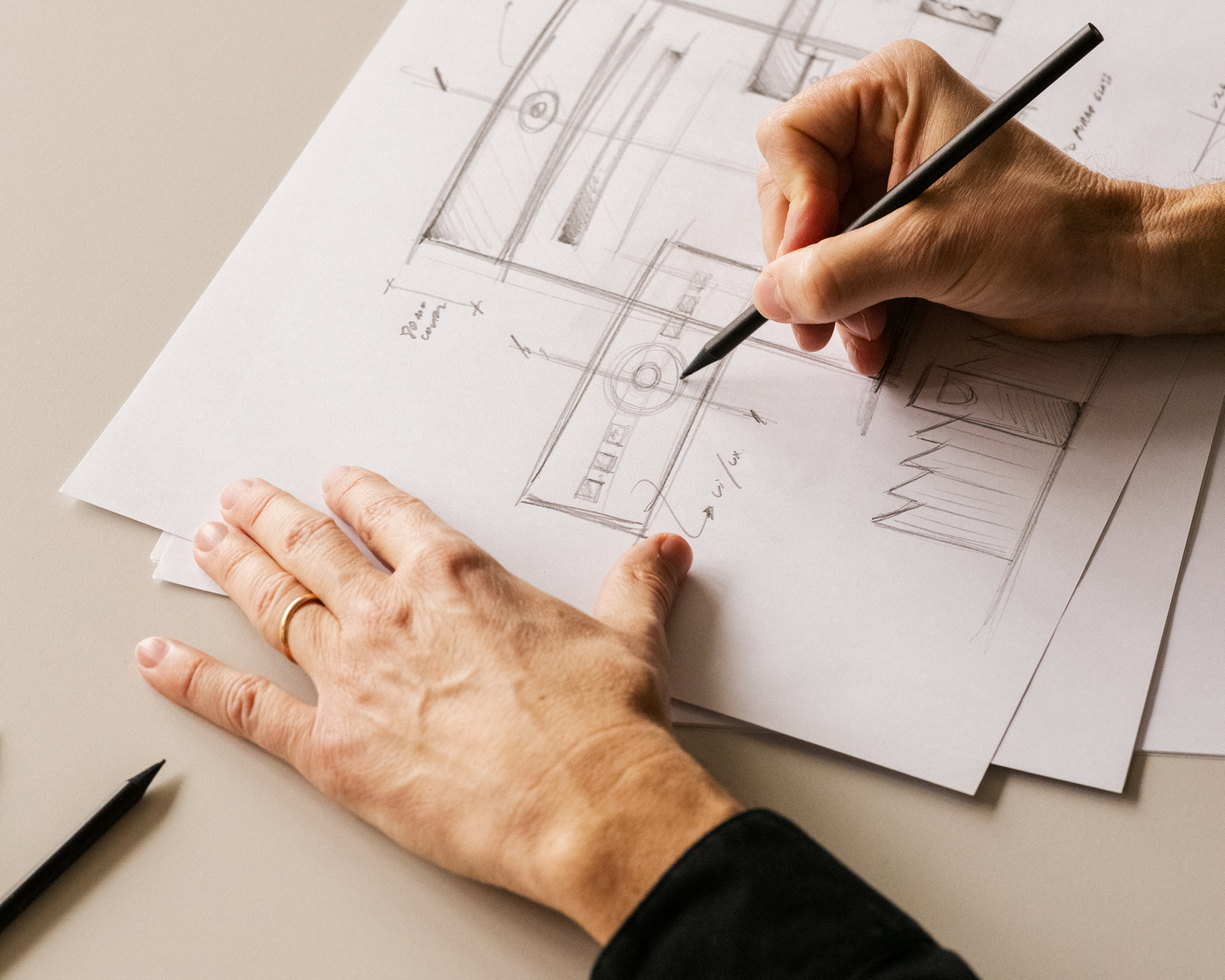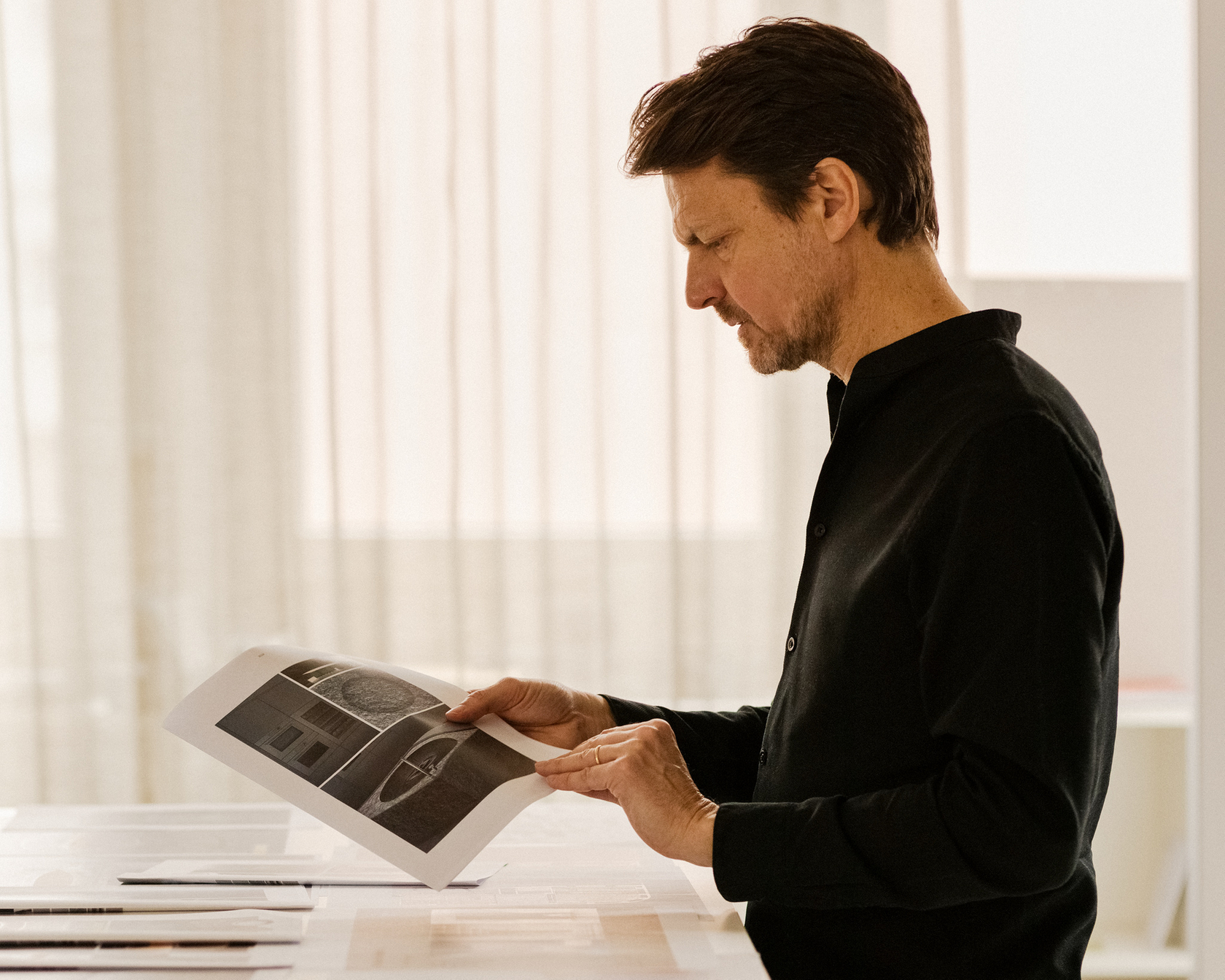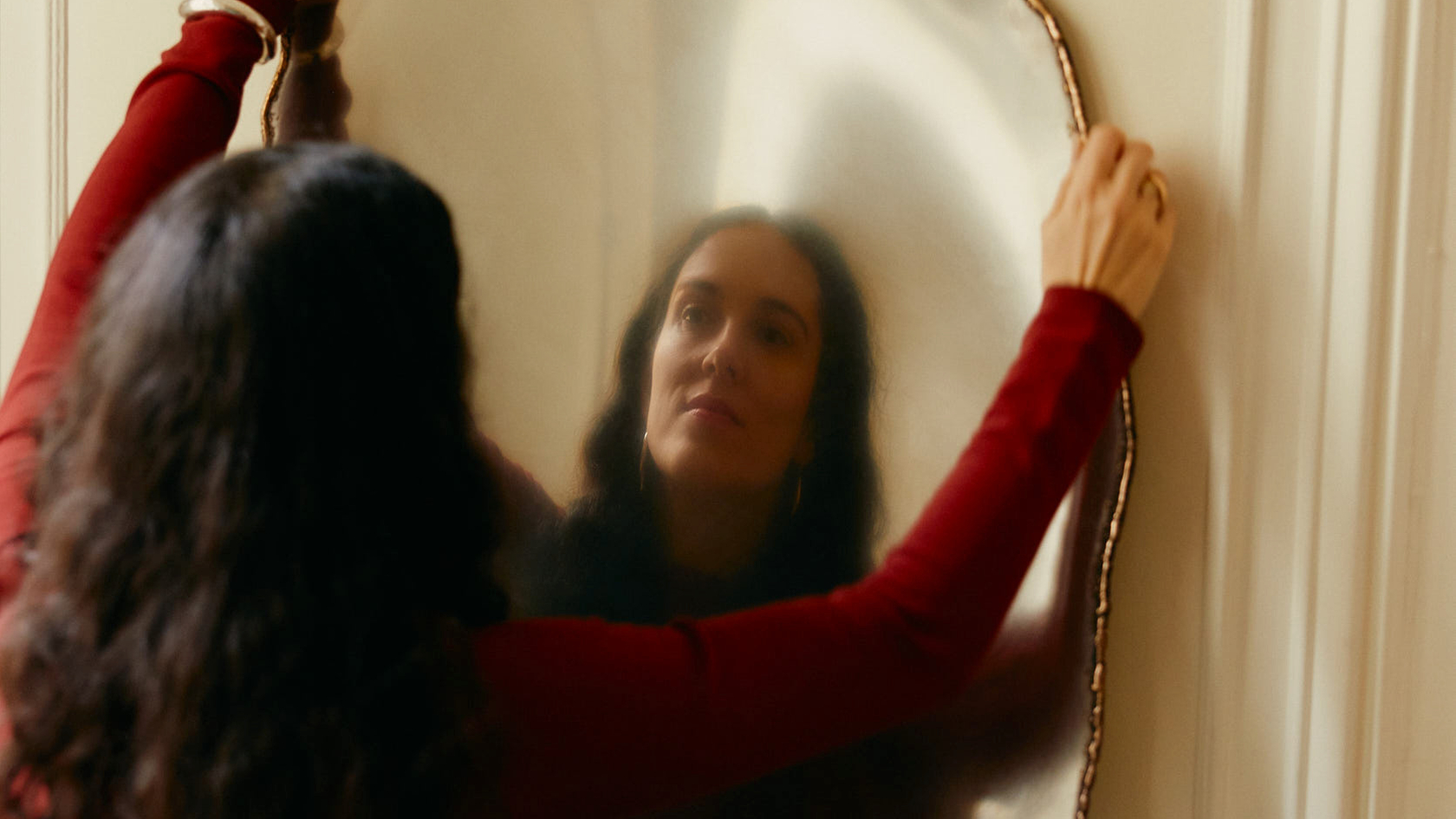Do you remember the moment you realised design would be your life’s work?
I think it all started when I was a kid. I loved scale models and was always building something — planes, cars, motorbikes, boats. I even created my own designs, crafting planes out of balsa wood and integrating electric components, remote controls, and motors. At school, I was passionate about art classes and often made drawings on behalf of my classmates. Despite enrolling in a business administration program at university, I kept dreaming about design. It was only after a trip to Europe that I finally made the switch, and began studying Industrial Design.
You had a formal education as an Industrial Designer. What were the most valuable lessons you learned during that time?
Approaching things differently and thinking outside the box. For example, if you need to redesign a bottle, don’t start with the bottle itself. Instead, begin with the fundamental need — whether it’s a container for water or a way to transport it from A to B. This mindset often leads to entirely new solutions, which is essential for a designer. Another valuable lesson I learned is the importance of storytelling: every product should have a story behind it.
Did your education emphasise technical skills, creativity, or a balance of both? How has that shaped your perspective?
It was a balance of both. When I start designing, I begin by asking myself “what are the customer’s needs?”. Then I sketch ideas. So I would say my approach is both creative and technical. I try to remain open-minded while also thinking about implementation, costs, or feasibility.
What are the qualities of a good designer?
Passion, above all. But that applies to any career, you have to truly love what you do because you’ll be doing it for a long time. Curiosity is just as important. Staying up to date about what’s happening in the world — history, social movements, finance, fashion, furniture design, car design, everything.
You studied in Buenos Aires and later moved to Switzerland. How are these two countries different from a design perspective? Do you think this unusual combination has influenced your approach?
I like to say I’m a product of both worlds, they’ve both shaped my mindset and personality in profound ways. In Argentina, design philosophy is quite similar to what you’d learn at Politecnico di Milano — more emotional, with a strong focus on aesthetics. In Switzerland, the approach is more rational, cleaner, and closer to Bauhaus principles, even though Bauhaus has influenced all design movements. Southern design is more rebellious and less perfectionist, and I love playing with these two influences. When I joined V-ZUG, I brought an emphasis on beauty. I often say that beauty is a function. Beauty and emotion are essential.


